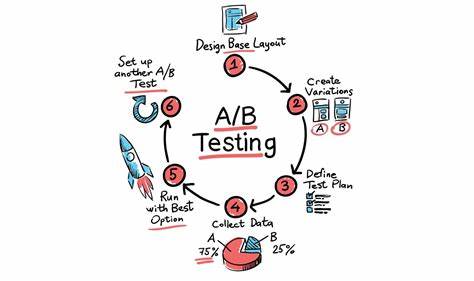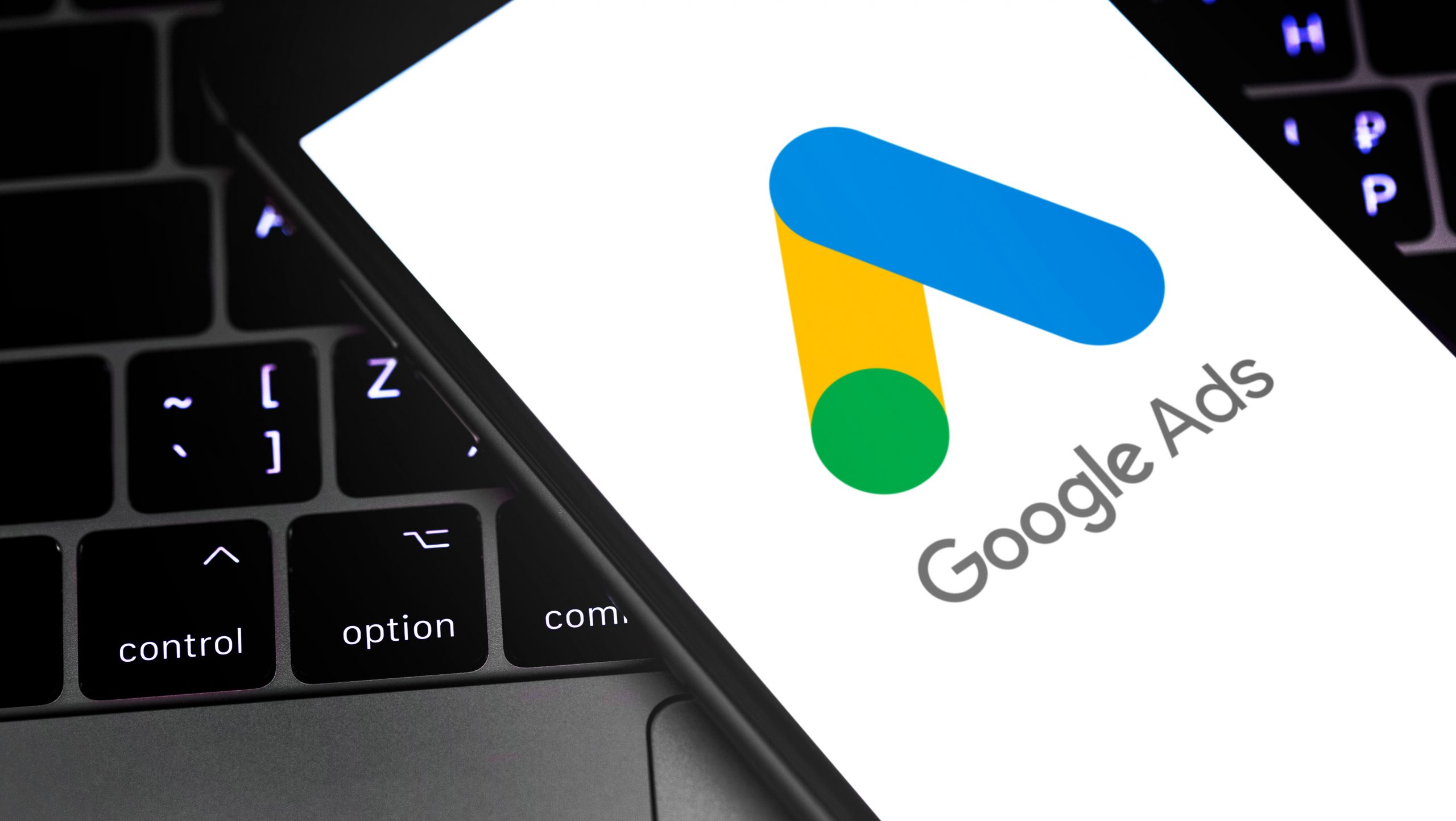Google Ads has become one of the most powerful tools for businesses to drive traffic, boost conversions, and increase sales. However, many businesses, especially those new to online advertising, make common mistakes that hinder the success of their campaigns. Understanding these mistakes and knowing how to fix them is essential for optimizing your Google Ads strategy. In this article, we’ll cover the most frequent errors businesses make and provide actionable solutions to improve the performance of your Google Ads campaigns. By avoiding these pitfalls, you can maximize your return on investment (ROI) and achieve better results.
Why Google Ads Campaigns Fail
Google Ads is a powerful platform, but its effectiveness depends on how it is set up and managed. If your campaigns are not optimized correctly, you may waste money, miss valuable opportunities, or fail to reach your target audience. Understanding the underlying reasons for poor campaign performance can help you refine your approach and avoid costly mistakes.

1. Not Defining Clear Campaign Goals
Setting clear goals is the foundation of any successful Google Ads campaign. Without a defined objective, it becomes difficult to measure success or optimize for the desired outcome. Whether you want to increase sales, generate leads, or raise brand awareness, each goal requires a different approach in terms of ad copy, targeting, and bidding strategy.
Solution: Before launching any Google Ads campaign, outline your goals. Make sure your campaign objectives are specific, measurable, achievable, relevant, and time-bound (SMART). For example, if you want to generate more leads, your campaign should focus on lead form extensions and relevant ad copy, while if your goal is sales, you may prioritize conversion tracking and remarketing strategies.
2. Using Broad Keywords Without Proper Targeting
Many advertisers make the mistake of using broad keywords in their campaigns, thinking they will reach a larger audience. While broad keywords can increase traffic, they may not attract the right customers, leading to wasted budget and poor campaign performance.
Solution: Start with a more targeted keyword strategy. Focus on long-tail keywords that are more specific and relevant to your product or service. This allows you to attract a highly relevant audience with a higher likelihood of converting. Additionally, use negative keywords to prevent your ads from showing up for irrelevant searches.
3. Ignoring Ad Quality and Relevance
Google Ads operates on an auction system, where your ad’s quality and relevance significantly impact your ad rank and cost-per-click (CPC). Low-quality ads can result in higher costs and poor ad performance.
Solution: Create compelling, relevant, and high-quality ads. Focus on writing clear and concise ad copy that matches the search intent of your target audience. Ensure that your ads are aligned with the keywords you’re bidding on and include strong calls to action. Furthermore, use ad extensions such as sitelinks and callouts to enhance the visibility and value of your ads.
4. Not Utilizing Negative Keywords Effectively
Negative keywords allow you to filter out irrelevant search queries that can waste your budget. Not using negative keywords or using them incorrectly is a common mistake that can lead to targeting irrelevant traffic, resulting in unnecessary ad spend.
Solution: Conduct thorough keyword research to identify negative keywords that can prevent your ads from appearing for irrelevant queries. For example, if you sell premium products, add keywords like “cheap” or “discount” as negative keywords to avoid targeting bargain hunters who are unlikely to convert. Regularly review and update your negative keyword list to refine your targeting.
5. Not Tracking Conversions Properly
Conversion tracking is essential for understanding how your Google Ads campaigns are performing. Without proper tracking, you won’t know which ads, keywords, or campaigns are driving valuable actions, such as purchases or sign-ups. This can result in ineffective optimization and wasted budget.
Solution: Set up conversion tracking for all relevant actions you want to measure, such as form submissions, phone calls, and purchases. Use Google Analytics to track website activity and set up goal tracking. Additionally, implement Google Ads conversion tracking on key pages like checkout pages or lead generation forms to accurately measure performance.
6. Overlooking Mobile Optimization
With the increasing use of mobile devices for online searches, failing to optimize your Google Ads campaigns for mobile can negatively impact your results. Ads that are not optimized for mobile devices may lead to lower click-through rates (CTR) and conversions, especially if your landing page is not mobile-friendly.
Solution: Ensure your ads and landing pages are optimized for mobile users. Use responsive ad formats that automatically adjust to fit different screen sizes. Additionally, test your landing pages on mobile devices to make sure they load quickly and provide a smooth user experience. Consider using Google’s mobile optimization recommendations to improve performance.
7. Setting Incorrect Bidding Strategies
Choosing the wrong bidding strategy can significantly impact the success of your campaigns. If you’re using manual bidding but don’t have enough data to optimize bids effectively, or if you’re using an automated bidding strategy that doesn’t align with your goals, you may see suboptimal results.
Solution: Choose the right bidding strategy based on your campaign goals. If you’re aiming for conversions, consider using smart bidding options like Target CPA (Cost Per Acquisition) or Target ROAS (Return on Ad Spend). If brand awareness is your goal, use CPM (Cost Per Thousand Impressions) bidding. Continuously monitor and adjust your bidding strategy based on campaign performance and available data.
8. Neglecting A/B Testing
A/B testing, also known as split testing, is essential for identifying which ad copy, landing page, or keyword combination works best for your audience. Many advertisers neglect A/B testing and, as a result, miss opportunities to optimize their campaigns for better performance.

Solution: Regularly test different elements of your campaigns, including ad copy, landing pages, calls to action, and even targeting options. A/B testing helps you identify what resonates best with your audience and allows you to make data-driven decisions that improve campaign performance over time.
9. Not Monitoring Performance Regularly
Google Ads campaigns require ongoing monitoring to ensure they’re performing well. Many businesses set up campaigns and then forget about them, assuming that they will run smoothly. This can result in inefficient spending, especially if ads are not optimized or targeted correctly.
Solution: Set a regular schedule to monitor your campaigns’ performance. Review key metrics like CTR, CPC, conversion rates, and ROI. Look for areas where you can improve, such as adjusting bids, changing targeting, or pausing underperforming ads. Use Google Ads’ built-in reports and recommendations to identify areas of improvement and stay on top of performance.
10. Failing to Use Remarketing Strategies
Remarketing is a powerful Google Ads feature that allows you to re-engage users who have previously interacted with your website but did not convert. Many advertisers fail to set up remarketing campaigns, which means they miss the chance to bring back warm leads.
Solution: Implement remarketing campaigns to target users who have visited your site but have not completed a desired action. Create custom ads tailored to these users, offering them relevant offers or reminders about the product or service they viewed. Remarketing can help increase conversion rates by re-engaging potential customers who have already shown interest.
Conclusion
Google Ads can be an incredibly effective advertising platform when used correctly. However, many businesses make common mistakes that hinder the success of their campaigns. By avoiding these errors and implementing the solutions discussed in this article, you can optimize your Google Ads campaigns and achieve better results. Setting clear goals, refining your targeting, using the right bidding strategies, and continuously monitoring performance will help you improve your ROI and drive business growth. With the right approach, Google Ads can become a valuable tool for achieving your marketing objectives and expanding your reach.

Leave a Reply